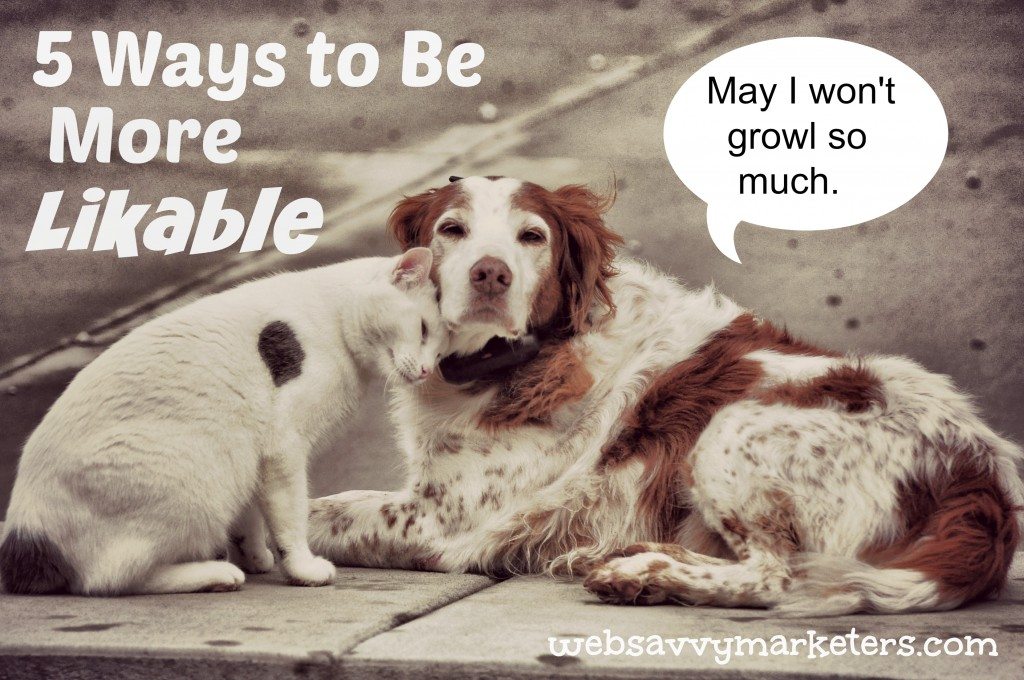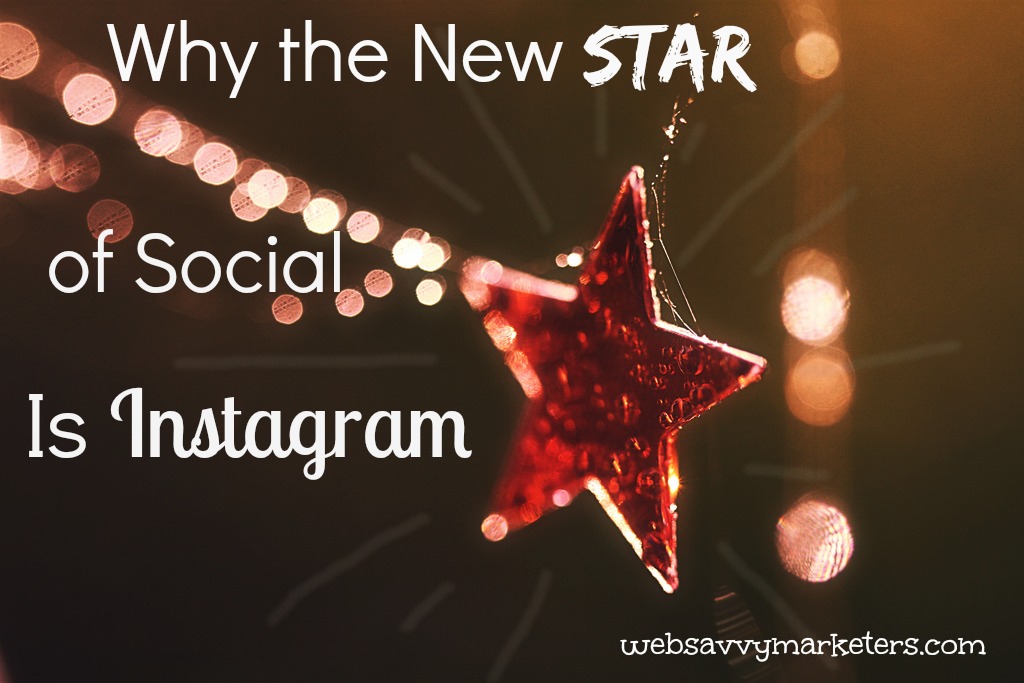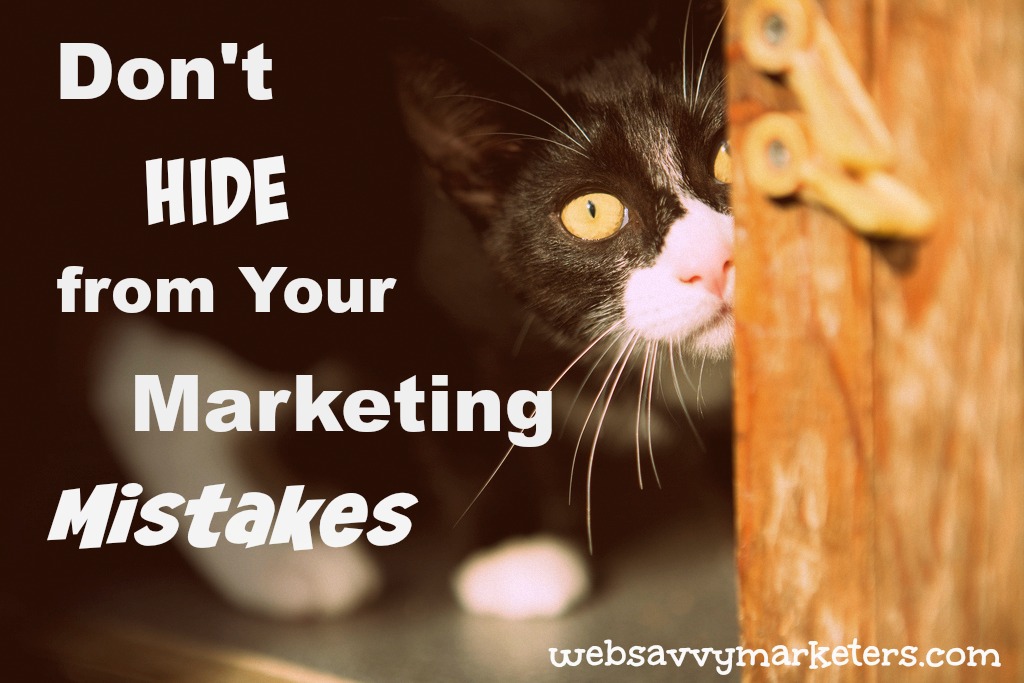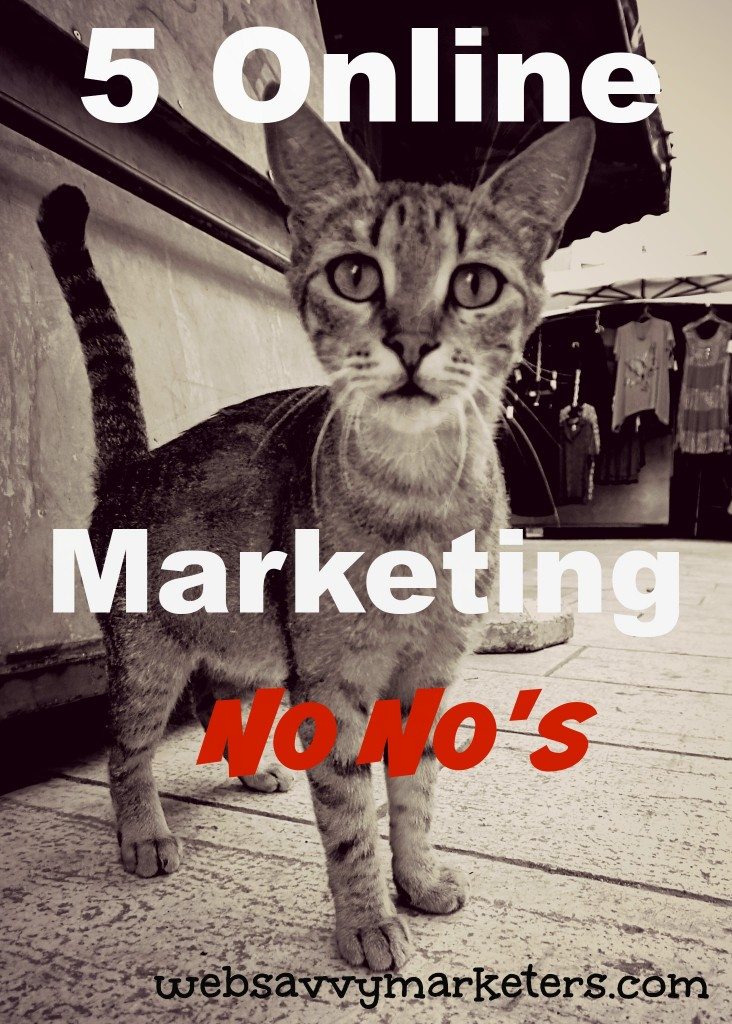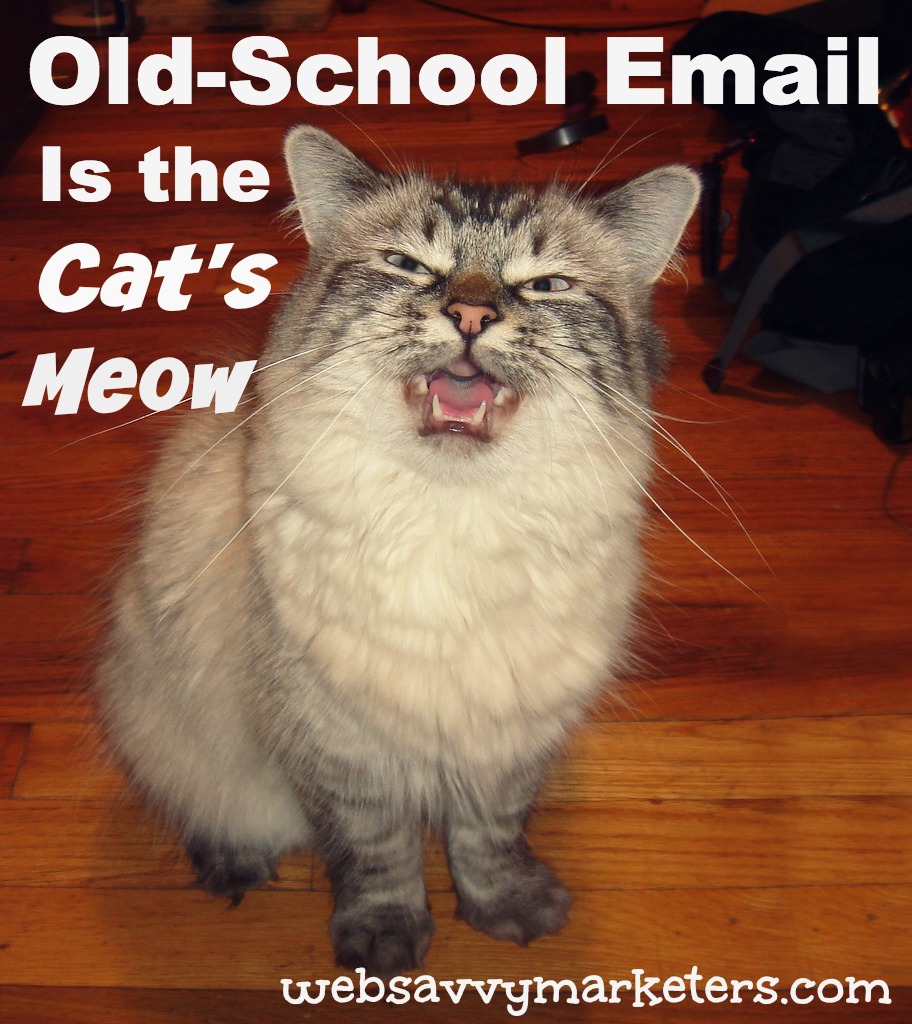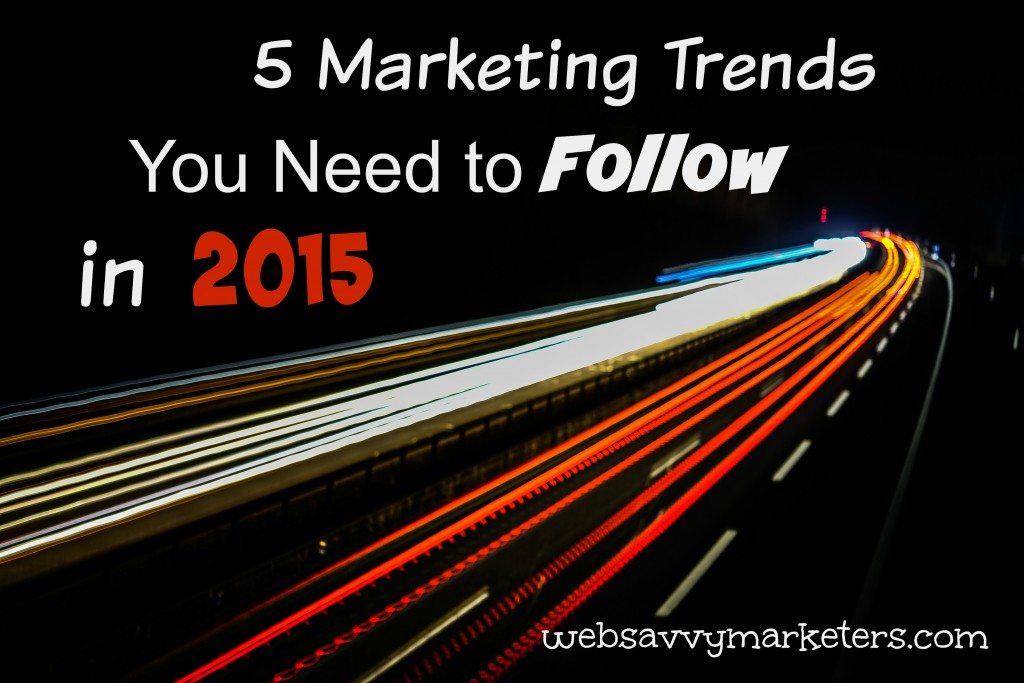
It’s important to look back over the previous year and reflect on what you did that was successful, significant, or slipshod. Thinking backwards has its uses, but thinking forwards is a good opportunity to see how you fit into what’s expected.
Here are five marketing trends gleaned from the web that make the most sense for small businesses in 2015.
-
Content Marketing That Matters
The amount of free online content continues to overwhelm us. Your customers are probably growing bored, overstimulated, and underwhelmed. The answer is not to create more content to try and win attention.
The answer to today’s online content overload is marketing with a content strategy. Whereas the old mantra was “always be closing,” today’s could be “always be publishing,” but publishing with a focus.
Give your customers and prospects content that they can’t get elsewhere, is targeted to meet their interests, and is well-planned and well-written. Look to other industries for inspiration, including their social media pages. Check out their Pinterest, Facebook, blogs, and Twitter accounts to fuel your ideas for quality content.
-
Go Social or Bust
The social media landscape is continually changing. Small businesses must stay tuned to what platforms are the most relevant to your brand.
Where your brand should focus its presence is based on one simple fact: where your customers are. Knowing which platforms to avoid and which to engage in is even more critical as changes in Facebook and Twitter limit the reach of your pages and push business users to use paid advertisements.
Know the emerging technologies and where to look for your customers. Trends include messaging services like Snapchat, growing in popularity with 1 billion Snapchat stories viewed every day. The new social media darling is Instagram, the mobile photo-sharing site that is attracting users and investors by the truckload.
Watch for analytics to become available to marketers through more social platforms. As with Facebook, which offers Page Insights after you receive thirty likes, expect to see Twitter, Instagram, and Tumblr do something similar.
-
Measure With Analytics
As the wave of social media analytics grows, it is important to take advantage of the digital data that is available. If it’s digital, it’s measurable, giving you critical understanding of product-market fit, user experience, customer behavior, and more.
Getting the right focus is the challenge. Using metrics to help you make the best decisions involves measuring many different things, including open rates, number of followers, and traffic. Focusing on what variables connect to revenue and growth is key.
Facebook recently added conversion lift to its analytics platform, allowing advertisers to measure conversion rates from digital ads. This tool is one example of how data can be used to help you focus your online efforts and your advertising dollars.
-
Less Words, More Visuals
Using less words and more visuals continues to be the trend for 2015. As non-professionals increasingly use smartphone cameras to shoot videos and photos with instant results, the potential for marketing also grows.
Visual storytelling is growing, and social media is quick to jump on board. Facebook was first to push video, with Instagram’s 15-second video quick to follow. Now Twitter is launching native video, giving users application-ready viewing and playing of videos as a way to add to the conversation.
Twitter already figured out how short our attention span is: 2.8 seconds to be exact, or how long it takes us to read approximtely 140 characters. 90% of information that your brain receives is visual, with visuals processed 60,000 times faster than text.
If you haven’t already, begin adding more visuals to your website and social media. Your content is being consumed by people who favor images, so that’s what you have to give them.
-
The IoT (Internet of Things)
Mobile data is continuing to expand with user-friendly options that will include wearable devices. The technology being used to transfer data over a network in devices such as heart monitors and automobile sensors is surfacing in smart watches and exercise bands, and is expected to become more popular as new solutions develop.
The IoT is a vast communication network of more than 25 billion objects, all online and gathering information, and using sensors to correspond with each other. Collecting data and sending it has never been easier.
It’s not always about knowing how this will affect your marketing. Sometimes it’s just about being aware of the newest breed of online connection and understanding what consumers are interested in. Anticipating marketing trends will help you move towards a more connected future where you’re prepared to address challenges as early as you can.

